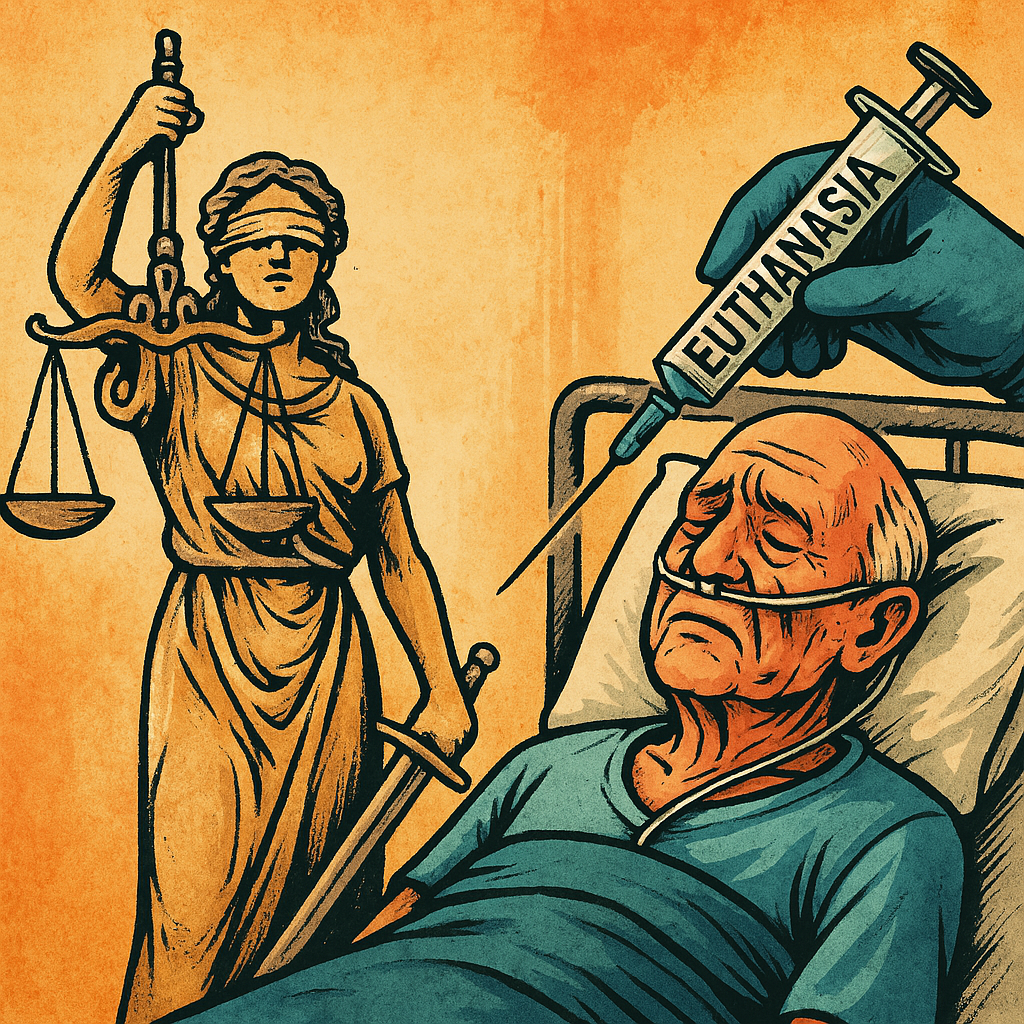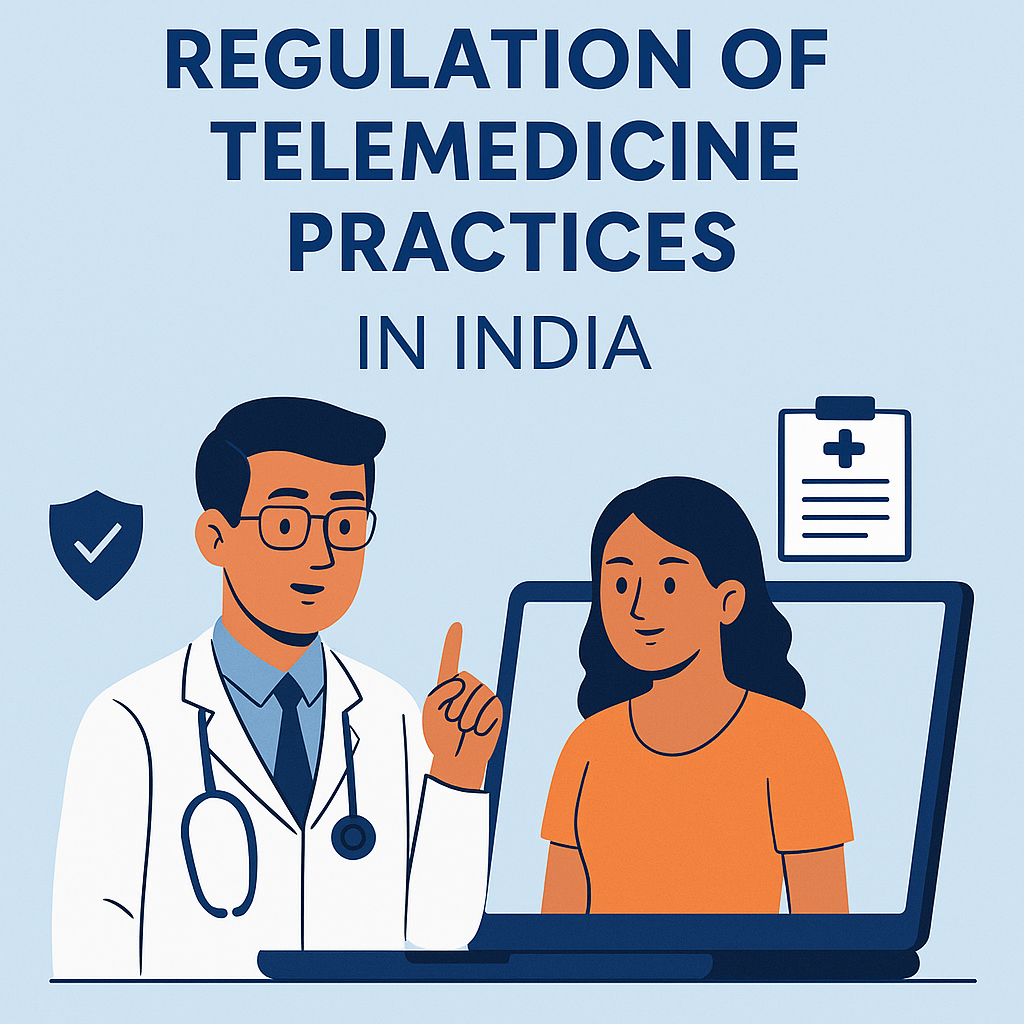Common Types of Medical Malpractice & Patients' Legal Rights under Personal Injury
🔹 Common Types of Medical Malpractice
1. Misdiagnosis or Delayed Diagnosis
Definition: Occurs when a doctor fails to diagnose or misdiagnoses a patient’s condition, leading to incorrect or delayed treatment.
Example: Diagnosing a heart attack as indigestion.
🏛️ Case Law: Mayo v. United States (2009)
In this case, a VA hospital misdiagnosed a man’s stroke symptoms. As a result of the delay in diagnosis, he suffered permanent brain damage.
The court held that the physicians breached the standard of care by failing to order timely diagnostic tests.
2. Surgical Errors
Definition: Includes performing the wrong procedure, operating on the wrong body part, leaving surgical instruments inside the patient, or anesthesia mistakes.
Example: A sponge or tool left inside a patient after surgery.
🏛️ Case Law: Rogers v. Whitaker (1992) (Australia, often cited globally)
A surgeon failed to warn the patient of a rare risk of blindness from eye surgery. The patient later became blind in one eye.
The court held that full disclosure of risks was essential to informed consent.
3. Medication Errors
Definition: Includes prescribing the wrong drug or dosage, administering the wrong medication, or failing to recognize dangerous drug interactions.
Example: Giving a patient penicillin despite a known allergy.
🏛️ Case Law: Carter v. United States (2005)
A nurse administered a lethal dose of medication after misreading a prescription.
The court found the hospital liable for failing to train and supervise the nurse adequately.
4. Birth Injuries
Definition: Injuries to the baby or mother caused by medical negligence during pregnancy, labor, or delivery.
Examples: Cerebral palsy due to lack of oxygen, fractured bones during delivery.
🏛️ Case Law: Negligent Obstetric Care Case – Montgomery v. Lanarkshire Health Board (UK, 2015)
A diabetic mother wasn’t warned of the risk of shoulder dystocia (a complication during delivery).
The baby was injured during birth. The court held the doctor liable for failing to inform the patient of all material risks.
5. Failure to Treat
Definition: When a medical provider correctly diagnoses a condition but fails to treat it according to the standard of care.
Examples: Releasing a patient too soon from the hospital or failing to follow up.
🏛️ Case Law: Arato v. Avedon (1993)
The doctor failed to inform a terminal cancer patient about his prognosis. The patient died without making necessary life decisions.
The court emphasized the physician’s duty to disclose material facts.
6. Lack of Informed Consent
Definition: Occurs when a medical provider does not fully inform the patient about the risks, benefits, and alternatives to a procedure or treatment.
Example: Performing surgery without explaining possible complications.
🏛️ Case Law: Canterbury v. Spence (1972)
A patient was not informed of the risk of paralysis from a back surgery and became paralyzed.
The court held that physicians must disclose risks that a reasonable patient would want to know.
🔹 Patients' Legal Rights Under Personal Injury Law
Medical malpractice falls under tort law, specifically personal injury law. Patients have specific legal rights when harmed by medical negligence:
1. Right to Compensation
Victims may be entitled to compensatory damages for:
Medical expenses (past and future)
Lost wages
Pain and suffering
Loss of enjoyment of life
Disability or disfigurement
In wrongful death cases: funeral costs and loss of consortium
2. Right to File a Lawsuit
Patients can file a civil lawsuit against healthcare providers or institutions.
Statute of limitations applies (typically 1–3 years depending on jurisdiction).
E.g., California: 1 year from the discovery of the injury or 3 years from the date of injury (whichever occurs first).
3. Right to Informed Consent
Patients have a legal right to be informed of:
Nature and purpose of the treatment
Risks and alternatives
Possible outcomes
Failure to obtain consent is considered battery or negligence.
4. Right to Access Medical Records
Under laws like HIPAA (USA), patients can request and obtain their medical records, which are essential for pursuing a malpractice claim.
5. Right to Expert Evaluation
Courts require expert testimony to establish:
The standard of care
How it was breached
Causation between the breach and the injury
🔹 Legal Elements of a Medical Malpractice Claim
To succeed in a medical malpractice lawsuit, a patient must prove the following:
Duty of Care
There was a doctor–patient relationship.
Breach of Duty
The medical provider failed to meet the accepted standard of care.
Causation
The breach caused injury (actual and proximate cause).
Damages
The patient suffered measurable harm or losses.
🔹 Defenses to Medical Malpractice
Doctors or hospitals may defend themselves by arguing:
No negligence occurred (they followed the standard of care)
The injury was not caused by the provider’s actions
The patient contributed to the harm (contributory or comparative negligence)
The risk was inherent and disclosed (informed consent was given)
🔹 Conclusion
Medical malpractice law is complex and highly dependent on both facts and expert opinion. While the primary goal is to compensate victims, these cases also encourage accountability and improvement in healthcare practices. Patients should be aware of their rights and seek legal advice when they suspect medical negligence.











0 comments